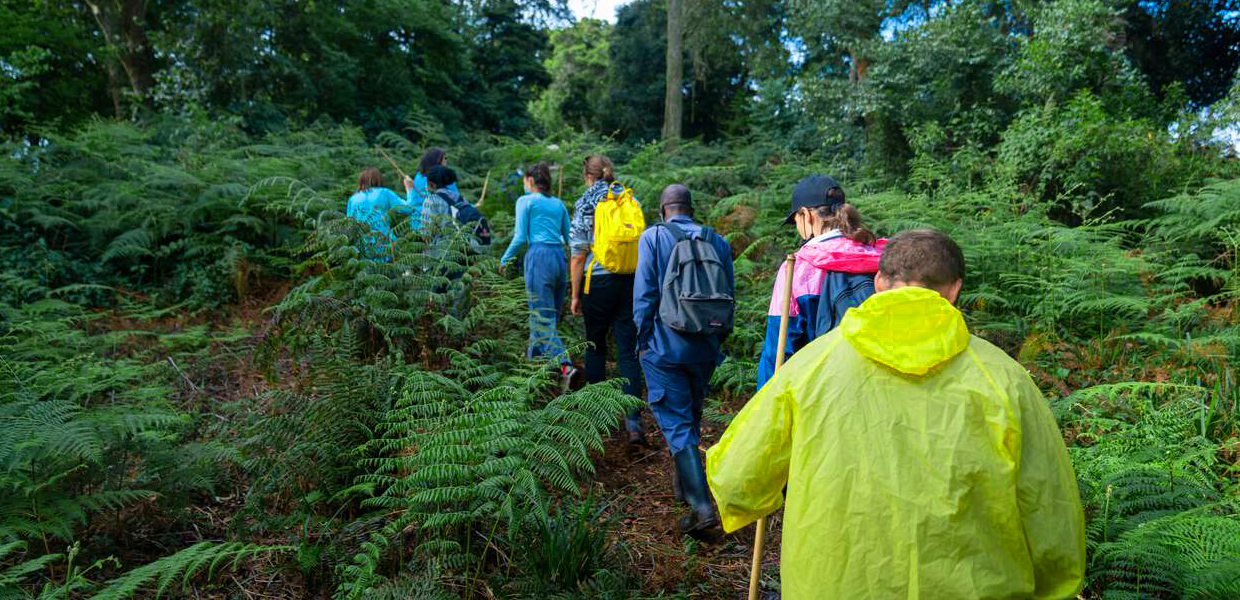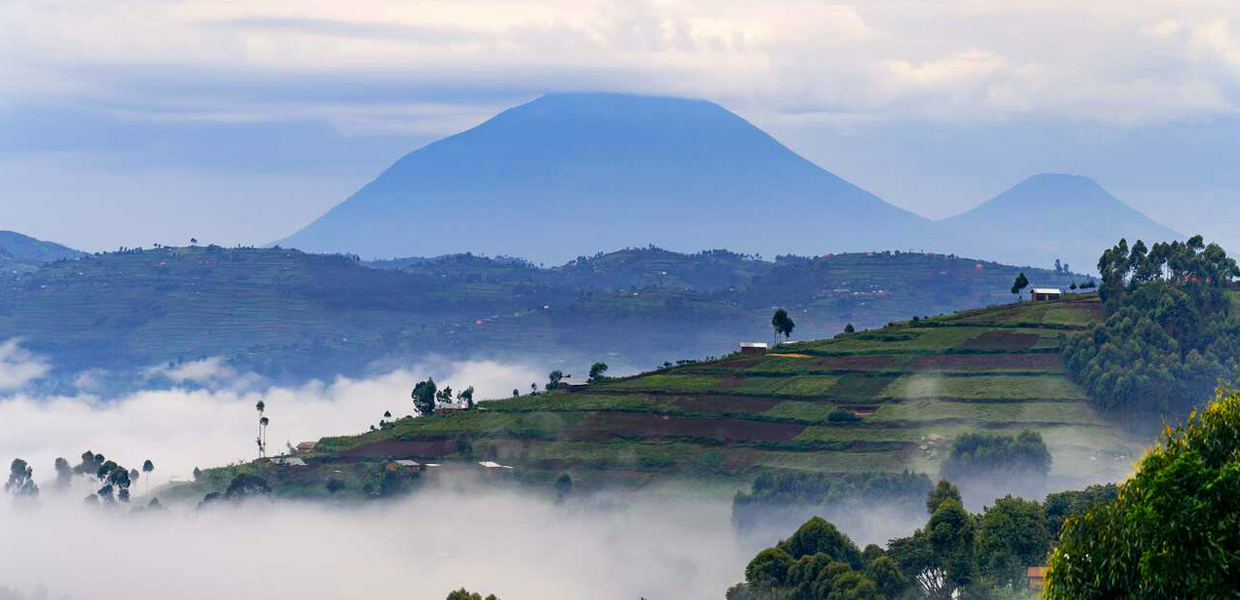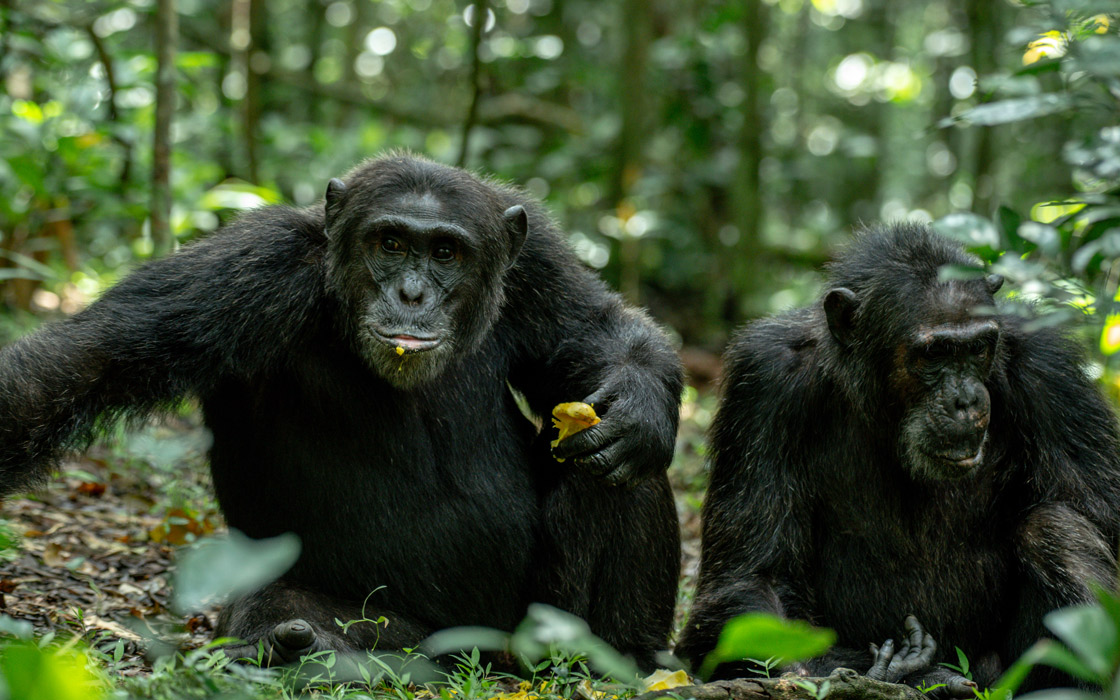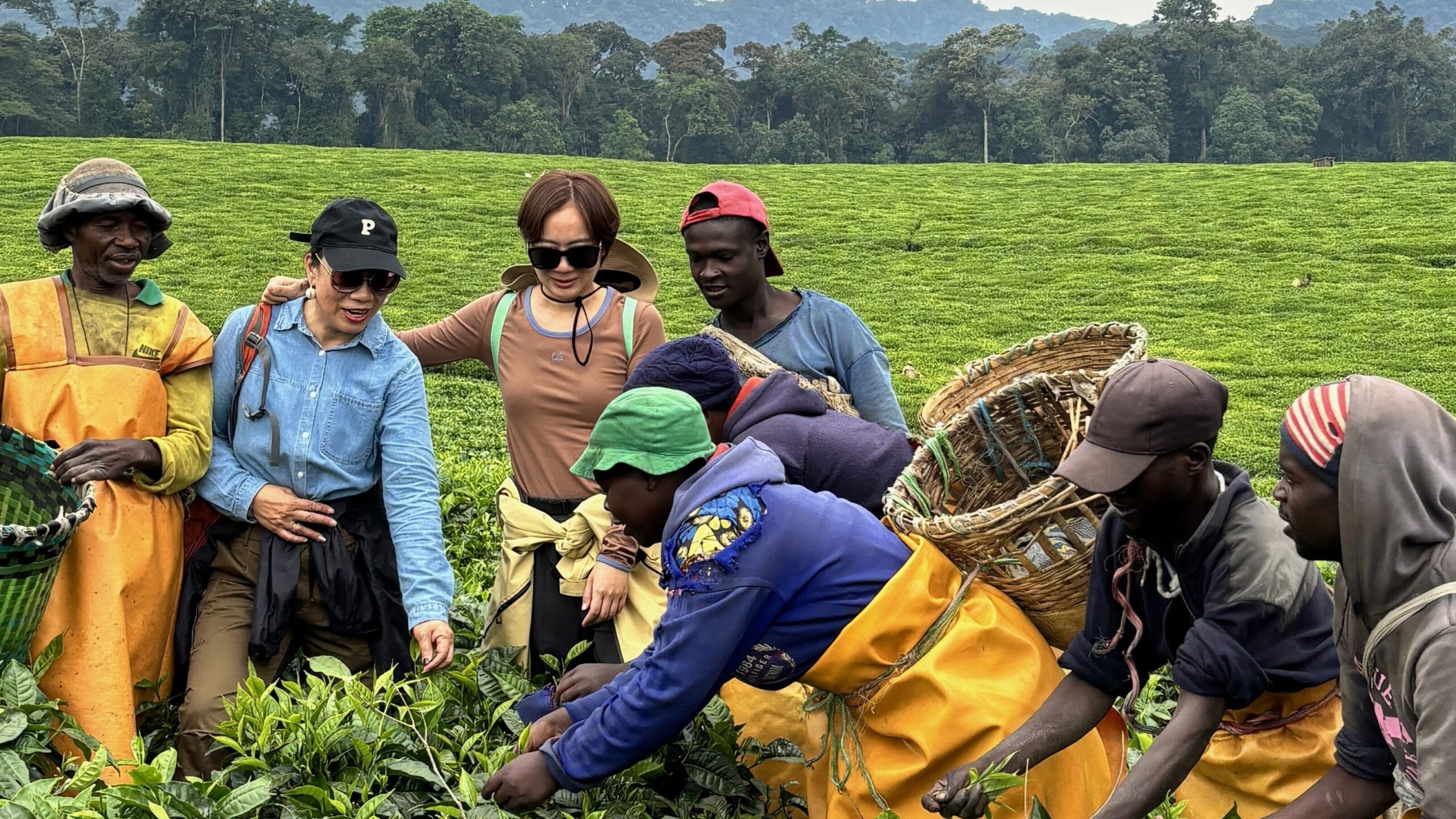
Here’s Everything You Need to Know.
Visiting Gisakura Tea Estate in Nyungwe National Park – Gisakura tea plantation, within Rwanda’s Nyungwe National Park in the southern area, provides guests with an unforgettable experience that combines charming drives and hikes through huge tea fields set against rolling hills. Many people visit this precious gem after their chimpanzee trekking excursions, and they frequently find its beauty unmatched.
Tea is Rwanda’s principal export product, hence the estate is very important economically. Visitors to Gisakura get a unique opportunity to learn about what makes Rwandan tea so famous, as they participate in multiple stages of tea production such as harvesting, planting, and processing.
Nyungwe National Park stands as one of Rwanda’s four national parks and represents one of East Africa’s newer protected areas, established in 2004. The park emerged following decades of challenges with fires and deforestation from the 1950s through the 1990s. It encompasses approximately 970 km² of diverse terrain, including grasslands, woodlands, bamboo forests, bogs, and wetlands.
Exploring the Gisakura tea estate.

The estate presents Rwanda’s most prestigious and visually stunning tea plantation, located in Nyungwe National Park’s western section. Local community members, well-versed in tea cultivation, guide visitors through the expansive, meticulously maintained plantations. Their deep-rooted knowledge of tea cultivation has enabled them to develop superior production methods. Tea farmers typically work weekdays, concentrating their harvesting efforts during morning and evening hours, carrying their pruning equipment in baskets.
For those interested in participating in tea-related activities, Monday up to Saturday offers the best visiting opportunities. Sundays are reserved for leisurely drives and walks through the estate, as workers take their weekly rest. The plantation serves as a habitat for black and white colobus monkeys, which can be spotted in the woodland areas within the estate. Therefore, visitors can complement their tea estate experience with various activities including colobus monkey and chimpanzee tracking, canopy walks, bird watching, and hiking to Isuma waterfall.
What time of year is ideal for visiting the Gisakura Tea Plantation?
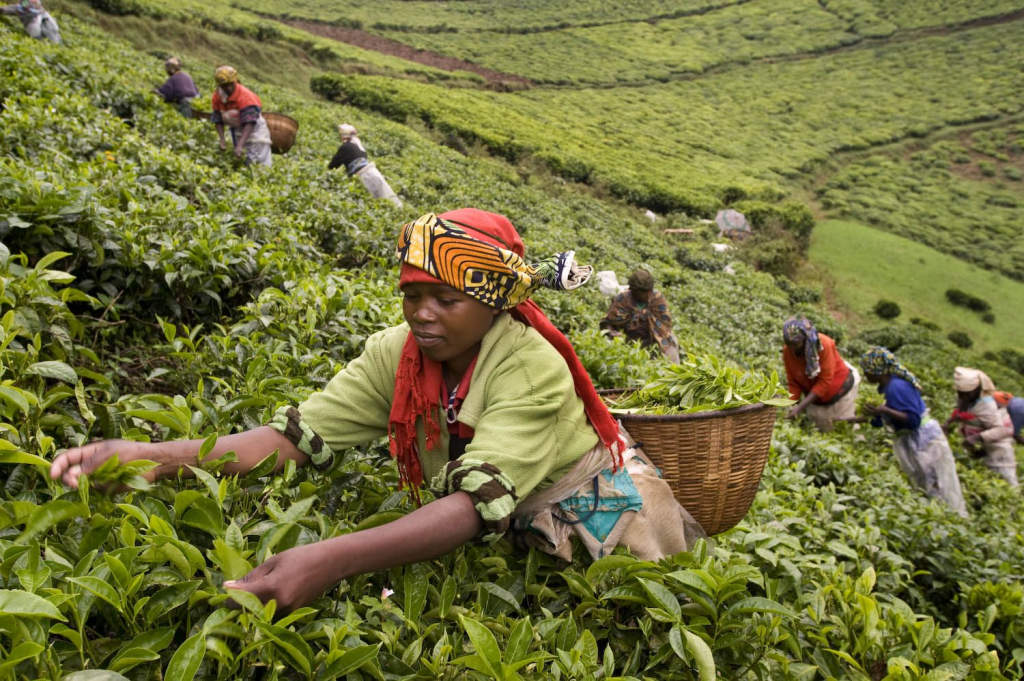
The best possible time to visit Gisakura tea estate is during the dry season, when tea leaves are ready for harvest and dry ground conditions facilitate harvesting activities.
The dry season occurs from June to September and December to mid-February. While these periods differ slightly from Uganda’s dry season, visitors can still plan safaris combining both countries.
On the other hand, Rwanda’s wet season, spanning March through May and again in October and November, transforms the fields into lush green landscapes and marks the planting season. This period is ideal for visitors seeking full immersion in plantation activities, with work conducted Monday through Saturday during morning and evening hours, when soft ground conditions and pleasant weather create optimal working conditions.
If visiting the Gisakura Tea Estate in Nyungwe National Park is in your bucket list, be encouraged to Reach out to us directly at +256 393 247 137 or +256 742 678 918, or send an email to info@ibuthsafaris.com. Our Team of experienced Tour Consultants and Guides at Ibuth Safaris will be glad to serve you.

